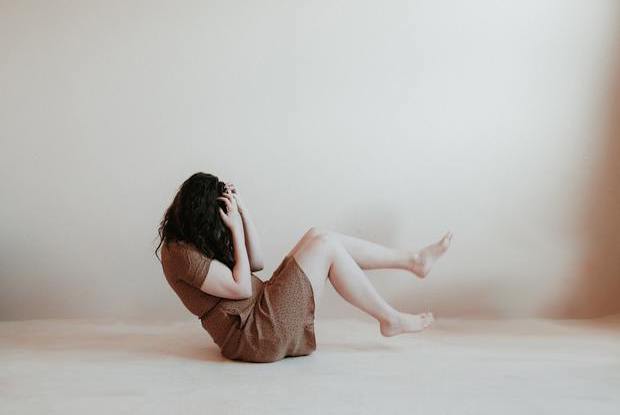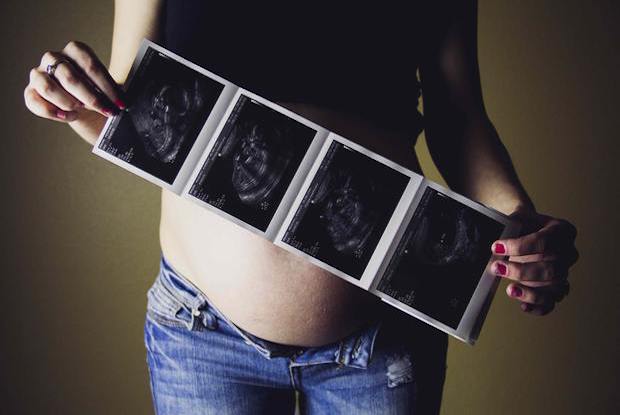Table of Contents
a. The Importance of early intervention
Anxiety is a common disorder that affects hundreds of millions of people across the globe. Anxiety is one of the most common mental health conditions, affecting four out of every 100 people in the United States. Many people have feelings of anxiety, but generalized anxiety disorders make it difficult for someone to live a happy and productive life. Luckily, there are many medicaitons like Lexapro (escitalopram can help relieve the symptoms of anxiety.
These disorders can occur in anyone, but anxiety is twice as likely to occur in women than men. There are several reasons why doctors and researchers think women experience anxiety more frequently. Read on to learn more about gender differences in the diagnosing of generalized anxiety disorders. [1]

What is anxiety?
Anxiety is a universal human emotion, but generalized anxiety disorder (GAD) is more than just feeling worried every once in a while. GAD is characterized by excessive and exaggerated worry about life events where there is no apparent reason for concern. People with GAD anticipate disaster and have a hard time controlling their anxiety about money, family, work, and school.
Some symptoms of anxiety can include:
- Muscle tension
- Difficulty concentrating
- Tiredness
- Excessive, ongoing worry and tension
- An unrealistic view of problems
- Being easily startled
- Trouble falling or staying asleep
- The need to go to the bathroom frequently
Doctors will perform a psychological evaluation to determine if you are indeed suffering from a generalized anxiety disorder. The most common types of generalized anxiety disorder include social anxiety, panic disorder, obsessive-compulsive disorder, and post-traumatic stress disorder. Treatment can begin when your doctor determines your symptoms and finds that the degree of dysfunction is indicative of an anxiety disorder.
Young girls and anxiety
According to the Anxiety and Depression Association of America, the prevalence of anxiety disorder in women was at 23.4 percent, while the prevalence in men was only 14.3 percent last year. Women are also more likely to develop anxiety earlier in life than men. Before puberty, the incidence of mood disorders is the same rate in boys and girls (about 3-5 percent). A notable change occurs by mid-adolescence, and girls become twice as likely to be diagnosed with a mood disorder than boys.
Girls between the ages of 10 and 18 are especially susceptible to developing anxiety. Experts believe this may have to do with hormonal changes that are occurring in a girl’s body during that time. These gender differences were examined in brain scans, and doctors found that boys and girls process emotional stimuli differently. In general, girls develop mature emotional recognition faster than boys, which makes young girls more vulnerable to depression and anxiety.

Once a girl experiences anxiety, they adapt their lifestyle to make themselves the most comfortable. A teenager who has been anxious since childhood may have built their lifestyle around their anxiety. Anxiety may be harder to notice in these teenagers because they have likely built relationships, environments, and activities to meet their expectations and limitations for their anxiety. By that point, most friends and teachers have accepted these limitations as part of their personality, when in reality, it could be much more serious than a personality quirk.
Symptoms of anxiety in children and teenagers:
- Withdrawal from social activities
- Isolating
- Appetite changes
- Change in sleep patterns
- Change in academic performance
- Change in energy level
a. The importance of early intervention
Noticing these early symptoms is important, so children and teenagers do not develop unhealthy coping mechanisms. Anxiety often accompanies depression, low energy, and poor concentration. These symptoms have a significant impact on social and academic functioning. This could have a long-term effect on their confidence and self-image. These feelings often follow a person into adulthood if they do not experience intervention in childhood. [2]
Pregnancy
Pregnancy is usually a time of joy, but many mood conditions may affect your pregnancy. More than 1 in 10 women experience some form of anxiety during or after their pregnancy. Some women may have complications or other issues that may increase their anxious feelings. It is essential to address your anxiety while pregnant because it can increase the risks of preeclampsia, premature birth, and low birth weight.
If you experience anxiety during pregnancy, you can:
- Talk to your doctor about any of your worries.
- Talk to friends or family, especially those who have had children themselves. They likely also experienced similar feelings.
- Find a hobby or release that takes your mind off anxious thoughts.
- Get a massage or participate in meditation to calm your mind.
- Make sure to get enough sleep and take naps when necessary.
- Start a journal to write down your thoughts and feelings. This can help organize your worries and track possible triggers for your anxiety. [3]

a. Postpartum
It is normal to feel nervous and worried about your new baby, but sometimes that anxiety can get out of control, and you can experience postpartum anxiety. Symptoms of a postpartum anxiety disorder may include:
- Racing thoughts
- Feelings of dread about future fear
- Sleep disruption (more so than just regular sleep disruption with a newborn)
- Constant worry that can’t be eased
- Fatigue
- Hyperventilation
- Sweating
- Heart palpitations
A woman can have postpartum anxiety and postpartum depression (PPD) at the same time. The two have similar physical symptoms, but with PPD you may feel overwhelming sadness and have thoughts about harming yourself or your baby. It is important to talk about your symptoms with your doctor so that they can refer you to a mental health specialist or prescribe specific medications. [4]
Treatments
Antidepressants like Lexapro (escitalopram) are common medications prescribed to those diagnosed with an anxiety disorder. Antidepressants may take a few weeks to take effect, but they work by restoring the brain’s natural levels of “happy hormones” like serotonin. Antidepressants can be taken for more extended periods of time, unlike more habit-forming medications like benzodiazepines. Benzodiazepine medications are often referred to as “minor tranquilizers” because they temporarily relieve intense feelings of anxiety.

Cognitive-behavioral therapy allows people to learn and recognize their own behaviors. An anxious person can work with a therapist to change their unhealthy coping mechanisms and learn how to adopt new practices to limit their worries and prevent future anxiety attacks. [5]
It is also essential to participate in activities that can naturally increase your serotonin and help you feel in control. These activities can be different for everyone, but some common activities include exercise, mindfulness, and relaxation techniques. [4]
The content provided in this article is based on thorough research and in some cases, reviewed by a medical professional. Our goal for the information is to provide helpful, general health informational. It is not intended as a substitute for professional medical advice.
